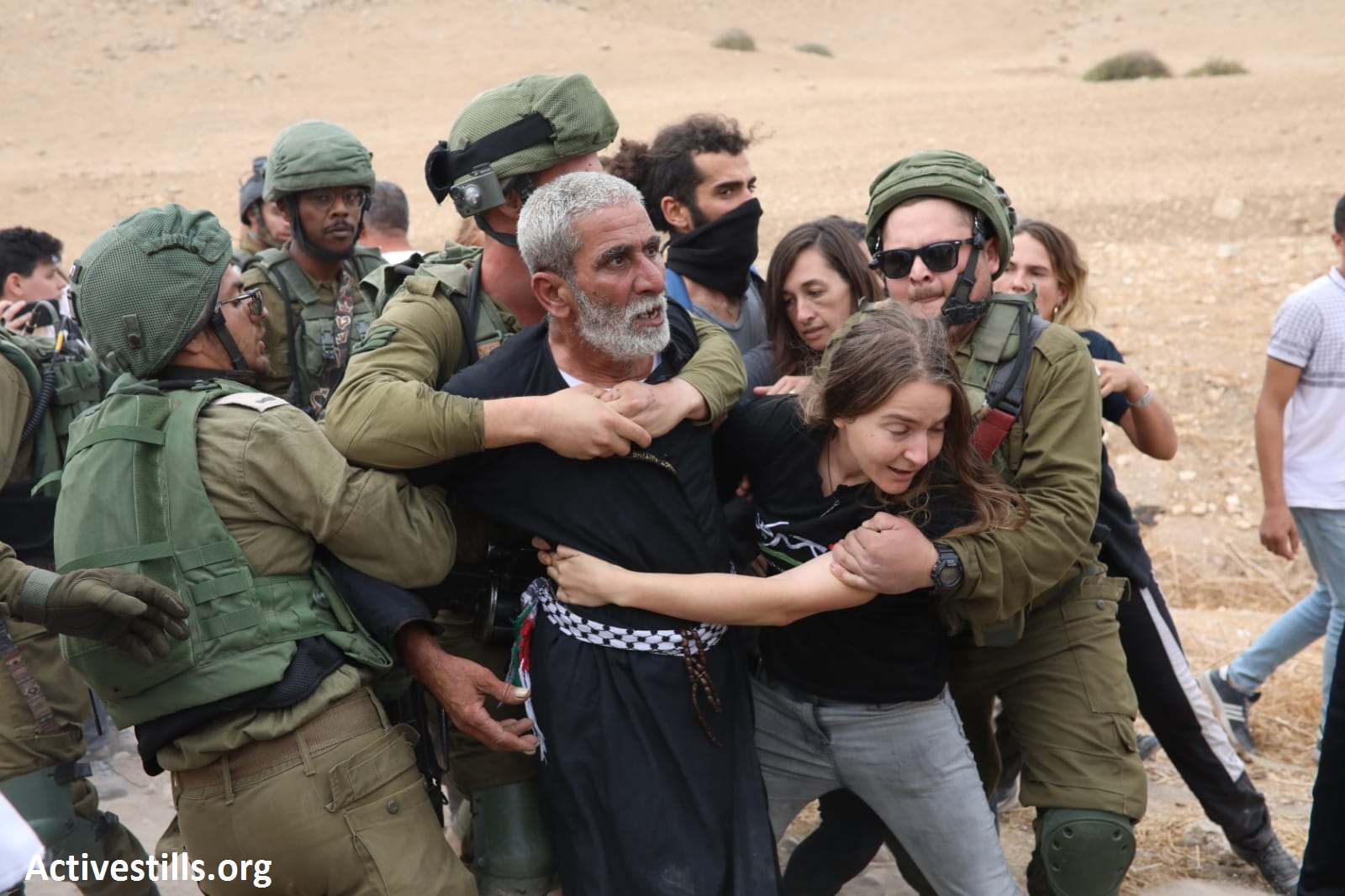Category: Reports
-
20 arrested as activists raise Palestinian flag in settlement
Over a hundred Palestinian and international activists entered an illegal Israeli settlement and raised the Palestinian flag on Saturday, October 26. Settlers and Israeli Occupation Forces responded violently to the peaceful protest, firing tear gas and flash grenades and arresting at least 20 people, including nine internationals and seven journalists.
-
Bedouin kids join global climate strike in Palestine’s first Extinction Rebellion protest
19th October | International Solidarity Movement | Umm al-Khair, South Hebron Hill Bedouin children in the West Bank joined global climate protests yesterday, calling out the Israeli occupation’s role in exacerbating the effects of climate change on Palestinians. Over a dozen protesters from the Bedouin village of Umm al-Khair in the South Hebron Hills, waved…



